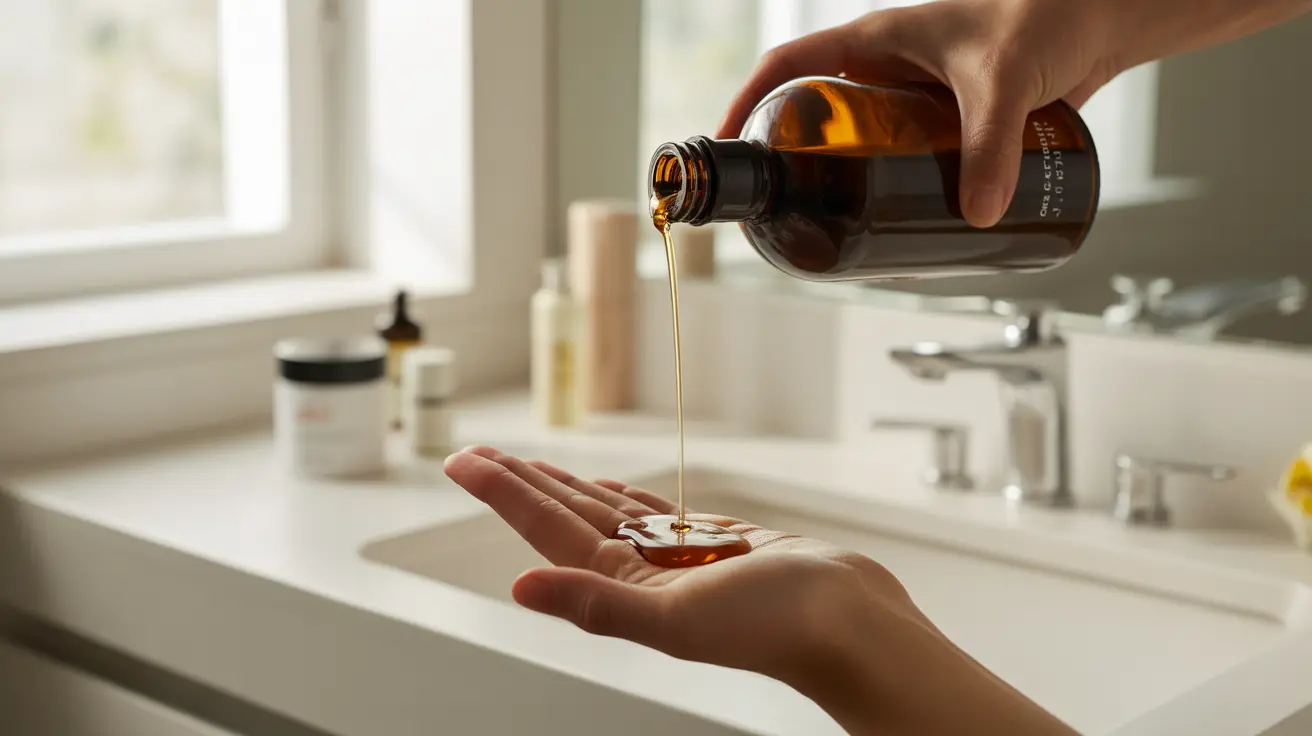Maintaining proper ear hygiene is essential for hearing health and comfort, but many people are unsure about the safest methods for cleaning their ears at home. While ears are self-cleaning organs, sometimes excess earwax can build up and require gentle intervention. Understanding how to clean ears at home naturally can help you avoid potential complications while keeping your ears healthy.
This comprehensive guide will explore safe, natural methods for ear cleaning, helping you maintain ear health without risking damage to these sensitive organs.
Understanding Earwax and Its Purpose
Before diving into cleaning methods, it's important to understand that earwax (cerumen) serves a protective function. It helps trap dust and debris, prevents bacteria from entering the ear canal, and naturally moisturizes the ear canal to prevent irritation.
Your ears typically clean themselves through natural mechanisms like jaw movements during talking and chewing, which slowly move old earwax toward the ear opening where it falls out naturally.
Safe Natural Methods for Ear Cleaning
Olive Oil Drops
One of the gentlest natural solutions for ear cleaning is olive oil. This method helps soften earwax, making it easier for your body to expel it naturally:
- Warm the olive oil slightly to body temperature
- Place 2-3 drops in the affected ear
- Keep your head tilted for 5-10 minutes
- Allow the wax to naturally work its way out
Salt Water Solution
A saline solution can help dissolve excess earwax safely:
- Mix 1/4 teaspoon of salt with 1/2 cup of warm water
- Apply a few drops to the ear canal
- Wait 3-5 minutes, then tilt your head to drain
Manual Cleaning Methods
When cleaning the outer ear, use safe alternatives to cotton swabs:
- Soft washcloth for external cleaning
- Gentle wiping around the ear opening
- Over-the-counter ear irrigation bulbs
When to Use Hydrogen Peroxide
Hydrogen peroxide can be effective for earwax removal when used correctly:
- Use 3% hydrogen peroxide solution
- Dilute with equal parts water
- Apply 4-5 drops in the affected ear
- Wait 5 minutes before draining
Warning Signs and Precautions
Stop home cleaning and seek medical attention if you experience:
- Ear pain or discomfort
- Ringing in the ears
- Decreased hearing
- Dizziness
- Drainage or bleeding
Frequently Asked Questions
How can I safely clean my ears at home using natural methods?
You can safely clean your ears at home using warm olive oil drops, saline solution, or diluted hydrogen peroxide. Always use these methods sparingly and avoid inserting any objects into your ear canal. Focus on cleaning the outer ear with a soft washcloth.
What are the risks and benefits of using hydrogen peroxide to remove earwax?
Benefits include effective wax softening and removal. Risks include potential irritation of the ear canal if used too frequently or at too high a concentration. Always dilute hydrogen peroxide with equal parts water and don't use it if you have ear tubes or a perforated eardrum.
Can using earwax removal methods at home cause damage to my eardrum?
Yes, improper ear cleaning methods, especially inserting objects into the ear canal, can damage your eardrum. Stick to gentle, external cleaning and liquid-based solutions that don't require insertion of objects into the ear canal.
What are some effective alternatives to cotton swabs for ear cleaning?
Safe alternatives include soft washcloths for external cleaning, over-the-counter ear drops, irrigation bulbs, and natural solutions like olive oil or saline. These methods are gentler and pose less risk than cotton swabs.
When should I stop trying home remedies and see a doctor for earwax removal?
Seek medical attention if you experience persistent ear pain, hearing loss, tinnitus, dizziness, or if home remedies haven't improved the situation after a few days. Also consult a doctor if you have a history of ear problems or ear surgery.




